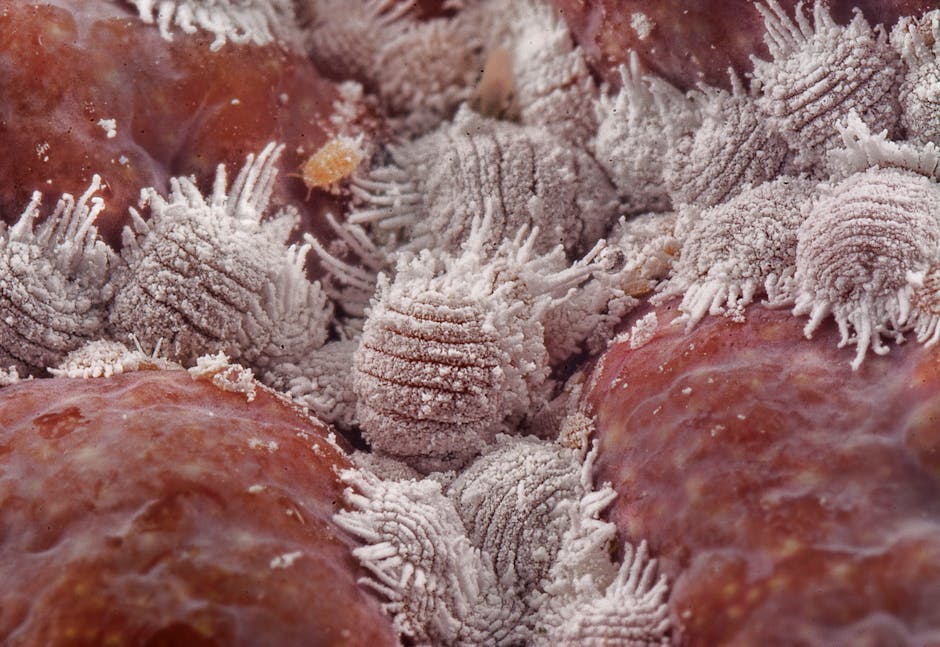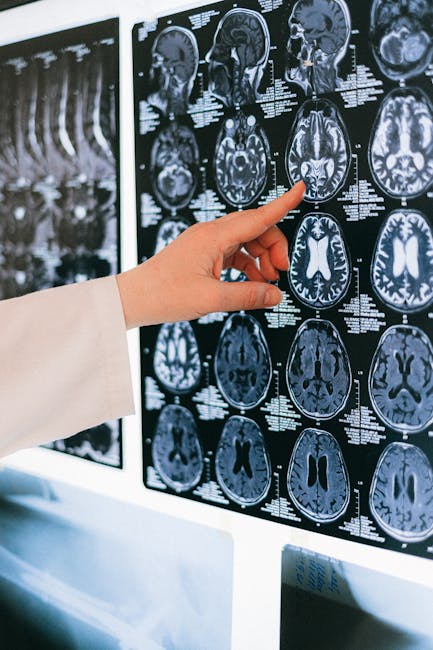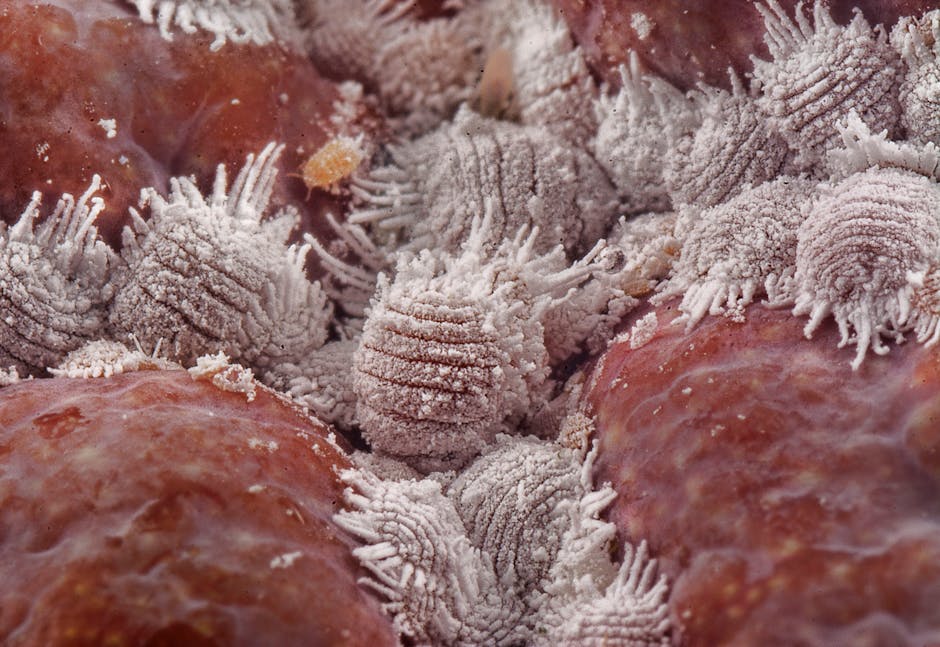Dercum’s Disease: Understanding Symptoms, Diagnosis, and Treatment Options
Dercum’s disease, also known as adiposis dolorosa, is a rare and poorly understood condition characterized by the development of painful fatty tumors (lipomas) beneath the skin. These lipomas are often multiple and can range in size. The pain associated with Dercum’s disease is a hallmark symptom, often described as intense, burning, aching, or stabbing, and can significantly impact a patient’s quality of life. While the exact cause remains unknown, research is ongoing to shed light on this debilitating disorder.

Understanding the Symptoms of Dercum’s Disease
The primary symptom of Dercum’s disease is the presence of painful lipomas. These lipomas are typically found on the arms, legs, thighs, and buttocks, but they can appear anywhere on the body. The size and number of lipomas can vary widely among individuals. The pain associated with these lipomas is often disproportionate to their size and can be triggered by even light touch or pressure.
Beyond the characteristic lipomas and pain, other symptoms frequently reported by individuals with Dercum’s disease include:
- Fatigue: Extreme tiredness and lack of energy are common.
- Depression and Anxiety: The chronic pain and limitations imposed by Dercum’s disease can significantly impact mental health.
- Sleep Disturbances: Pain can interfere with sleep, leading to insomnia and daytime sleepiness.
- Headaches: Frequent or severe headaches are reported by many patients.
- Cognitive Dysfunction: Some individuals experience difficulty with concentration, memory, and other cognitive functions.
- Joint Pain: Pain in the joints, often unrelated to the lipomas, can also occur.
- Numbness and Tingling: Sensations of numbness or tingling in the extremities are sometimes reported.
- Weight Changes: Weight gain or loss can be associated with the condition.
It’s crucial to note that the severity of symptoms can vary greatly from person to person. Some individuals experience mild discomfort, while others face debilitating pain that significantly impacts their daily activities.

Diagnosis of Dercum’s Disease
Diagnosing Dercum’s disease can be challenging due to its rarity and the lack of a definitive diagnostic test. Diagnosis is typically made based on a combination of clinical evaluation and exclusion of other conditions with similar symptoms. There is no single blood test or imaging technique that definitively confirms Dercum’s disease.
The diagnostic process often involves:

- Physical Examination: A thorough physical examination by a physician to assess the presence, location, size, and tenderness of the lipomas.
- Medical History: Detailed review of the patient’s medical history to assess the onset and progression of symptoms.
- Imaging Studies: Imaging techniques such as ultrasound, MRI, or CT scans may be used to visualize the lipomas and rule out other conditions.
- Biopsy: In some cases, a biopsy of a lipoma may be performed to rule out other conditions, such as liposarcoma.
- Exclusion of Other Conditions: Diagnosing Dercum’s disease involves ruling out other conditions that may present with similar symptoms, such as fibromyalgia, rheumatoid arthritis, and other types of lipodystrophy.
Treatment Options for Dercum’s Disease
Unfortunately, there is no single cure for Dercum’s disease. Treatment focuses on managing symptoms and improving the patient’s quality of life. Treatment approaches can be individualized based on the severity of symptoms and the patient’s overall health.
Pain Management Strategies
Pain management is a central component of Dercum’s disease treatment. Strategies may include:
- Medications: Pain relievers such as nonsteroidal anti-inflammatory drugs (NSAIDs), opioids (in carefully selected cases), and antidepressants (which can also help with pain and mood) may be prescribed.
- Physical Therapy: Physical therapy can help improve flexibility, strength, and range of motion, potentially reducing pain.
- Alternative Therapies: Some patients find relief through alternative therapies like acupuncture, massage, or heat/cold therapy. It’s important to discuss these options with a healthcare professional.
Surgical Interventions
Liposuction or surgical removal of lipomas may be considered in some cases, but these procedures do not cure Dercum’s disease and may not provide long-term pain relief. The decision to proceed with surgery should be made carefully in consultation with a surgeon experienced in managing this condition.
Other Treatment Modalities
Research continues to explore other potential treatment approaches for Dercum’s disease, including hormone therapy, medications targeting inflammation, and other novel therapies. Participation in clinical trials may offer access to newer treatments and contribute to advancing our understanding of this rare condition.
Living with Dercum’s Disease
Living with Dercum’s disease can be challenging, but effective management strategies can significantly improve quality of life. Building a strong support system is crucial. Joining support groups or connecting with others who have Dercum’s disease can provide valuable emotional and practical support. Open communication with healthcare professionals is also essential for developing a personalized treatment plan.
Research and Ongoing Studies
While the cause of Dercum’s disease remains unknown, research is continually advancing our understanding of this rare condition. Researchers are investigating various potential contributing factors, including genetic predisposition, hormonal imbalances, and inflammatory processes. Ongoing studies are exploring new diagnostic techniques and treatment options, offering hope for future improvements in management and potentially a cure.
Staying informed about the latest research and advancements in Dercum’s disease treatment is essential. Consult your doctor regularly to discuss new developments and potential treatment options tailored to your specific situation.

